The world of birds is full of surprises, and some of our feathered friends have a rather unusual taste in food. While many birds stick to seeds, insects, or berries, a select few have developed a taste for serpents. These snake-eating birds come in all shapes and sizes, from majestic eagles to quirky roadrunners. Their hunting skills and adaptations are truly remarkable, allowing them to tackle prey that might seem far too dangerous for a bird to handle. Let’s take a look at 12 amazing birds that have mastered the art of snake-catching, turning these slithering reptiles into a tasty meal.
Secretary Bird
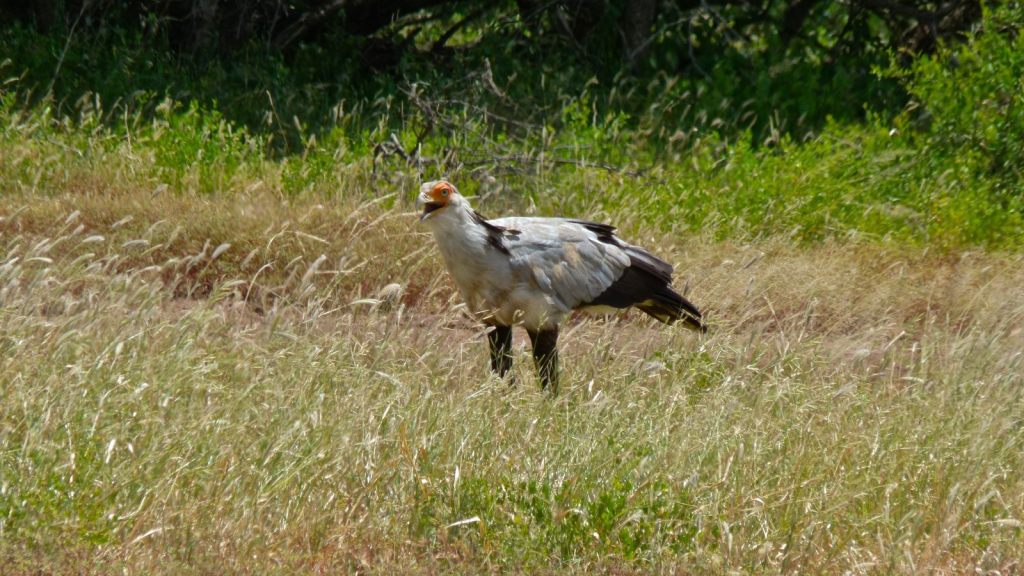
The Secretary Bird is a striking creature found in the grasslands of Africa. With its long legs and eagle-like head, this bird is perfectly built for hunting snakes. It uses its powerful feet to stomp on its prey, stunning or killing it before gobbling it up. The Secretary Bird’s thick scales on its legs offer protection from venomous bites. These birds can deliver kicks with a force up to five times their body weight, making them formidable opponents for even the most dangerous snakes.
Red-tailed Hawk
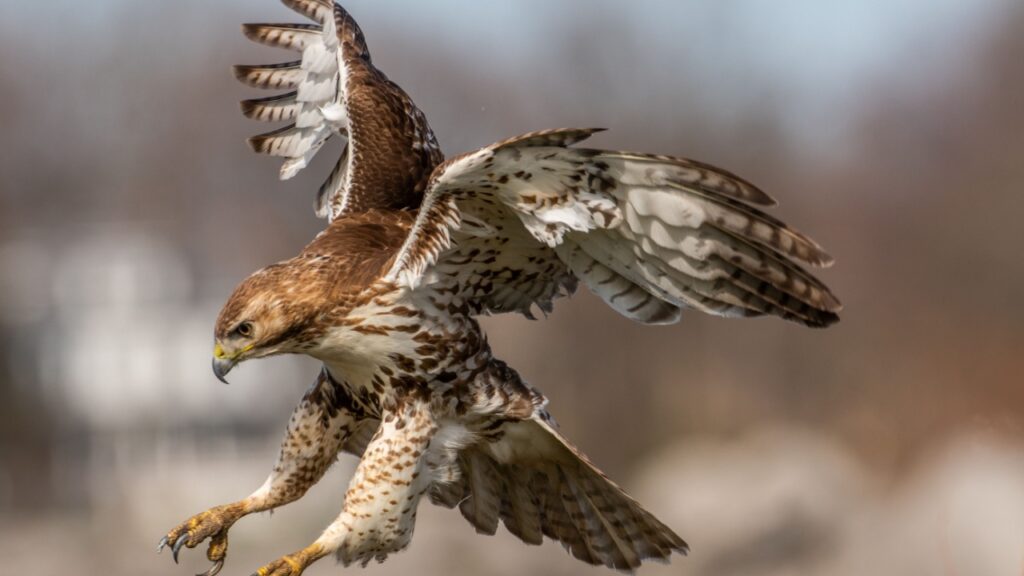
A common sight in North American skies, the Red-tailed Hawk is a skilled snake hunter. These birds use their sharp eyesight to spot snakes from high above, then swoop down to catch them with their talons. They’re not picky eaters and will happily make a meal of various snake species, from small garter snakes to larger rattlesnakes. Red-tailed Hawks have been known to carry snakes up to 1.5 times their own body weight back to their nests.
Laughing Falcon
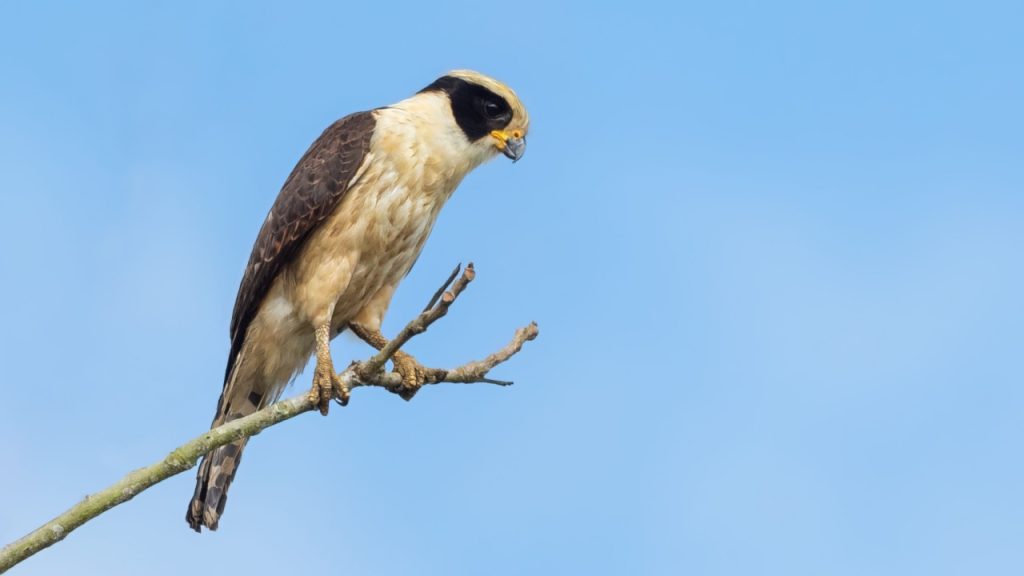
Also known as the Snake Hawk, the Laughing Falcon is a specialist when it comes to serpent snacking. Found in Central and South America, this bird has a unique call that sounds like laughter. It hunts by perching on high branches and waiting patiently for snakes to appear below. The Laughing Falcon has a particular fondness for venomous snakes and has developed a resistance to their venom.
Roadrunner
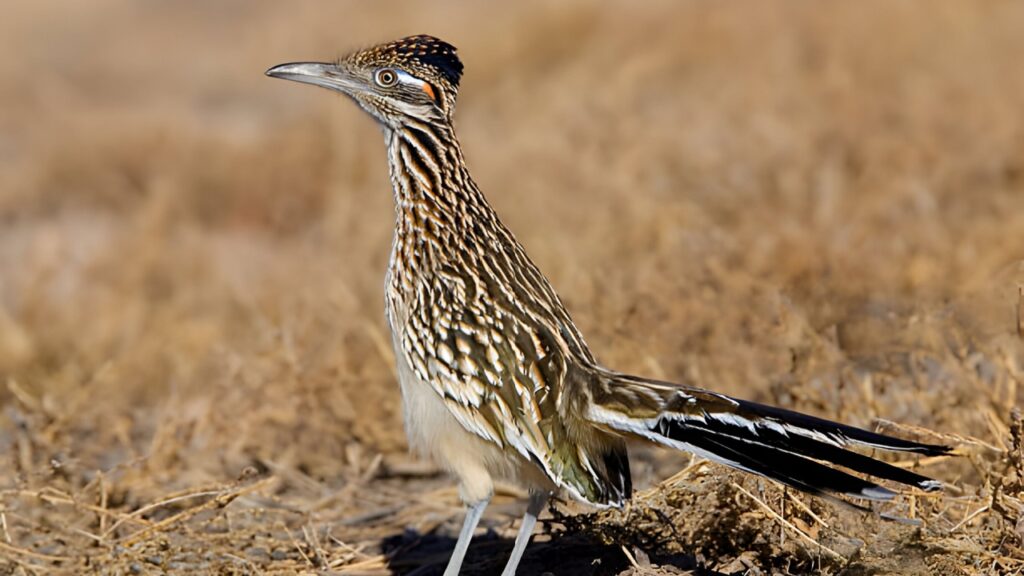
Despite what cartoons might have you believe, real roadrunners are fierce predators with a taste for snakes. These speedy birds use their quick reflexes to dodge strikes and peck at their prey. Roadrunners are even known to team up in pairs to take down larger snakes. They can run at speeds up to 15 miles per hour, allowing them to chase down fast-moving serpents with ease.
African Crowned Eagle
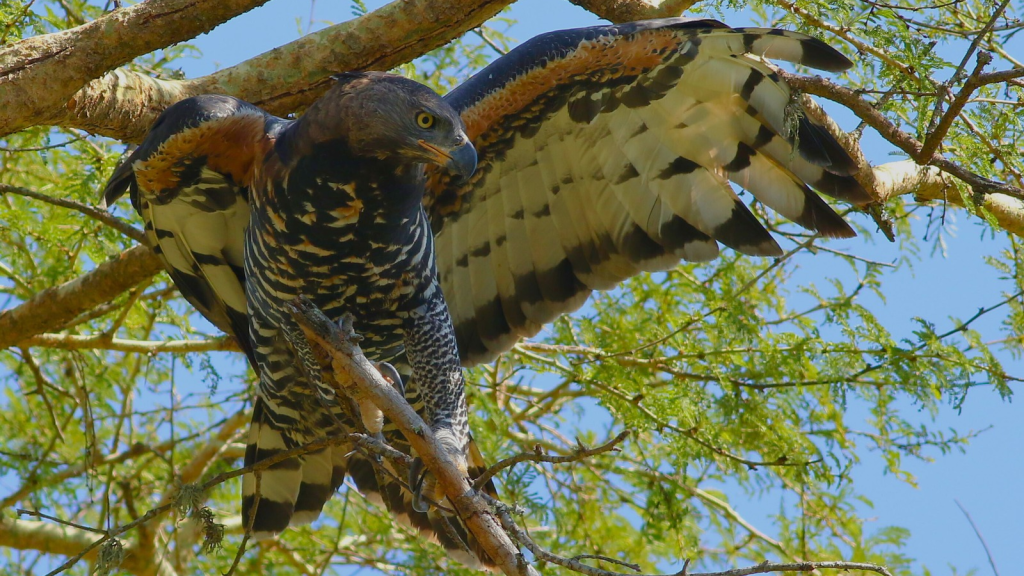
The African Crowned Eagle is a powerful bird of prey that doesn’t shy away from tackling large snakes. With its massive talons and strong beak, this eagle can overpower and kill even the most dangerous serpents. It’s considered one of the most powerful eagles in Africa. These eagles have been observed taking on snakes up to 6 feet long, showcasing their impressive strength and hunting prowess.
Great Blue Heron
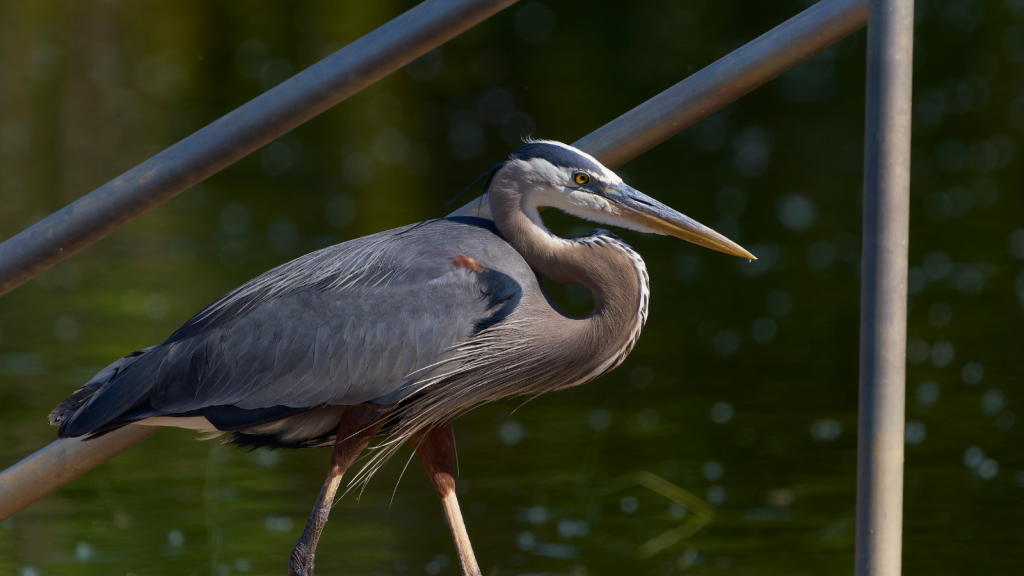
While often seen wading in water hunting for fish, the Great Blue Heron isn’t afraid to take on a snake when the opportunity arises. These tall birds use their long, sharp beaks to spear snakes with incredible precision. They’ve been known to eat water snakes and even venomous species like copperheads. Great Blue Herons have specialised neck vertebrae that allow for a rapid strike, giving snakes little chance to escape.
Australian Kookaburra
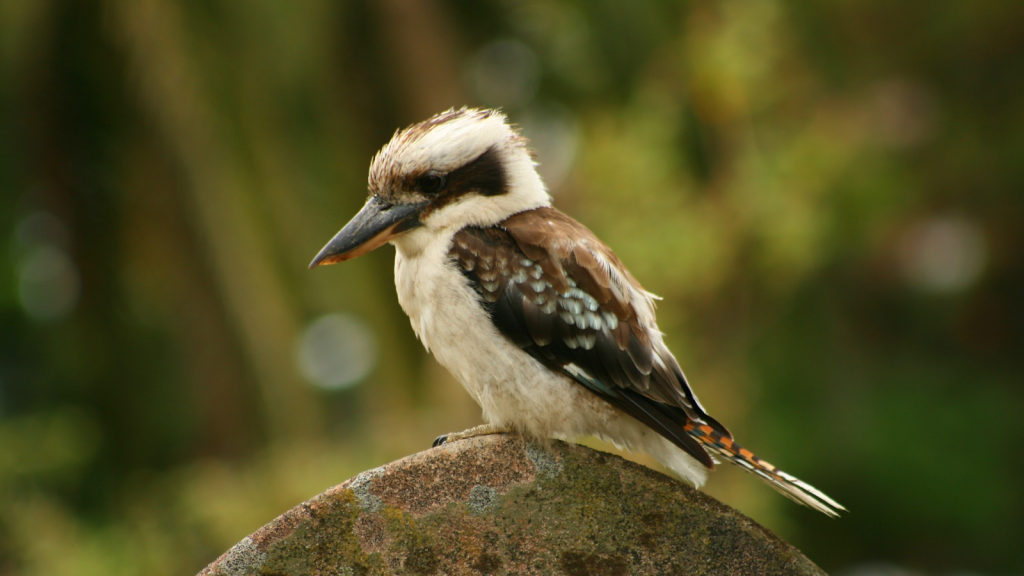
The Kookaburra, famous for its laugh-like call, is a member of the kingfisher family with a fondness for snakes. These birds use their strong beaks to grasp and bash snakes against tree branches or rocks, effectively stunning or killing them before eating. They’re immune to the venom of some Australian snakes. Kookaburras have excellent eyesight and can spot snakes from up to 50 metres away, even when the reptiles are partially hidden.
Martial Eagle
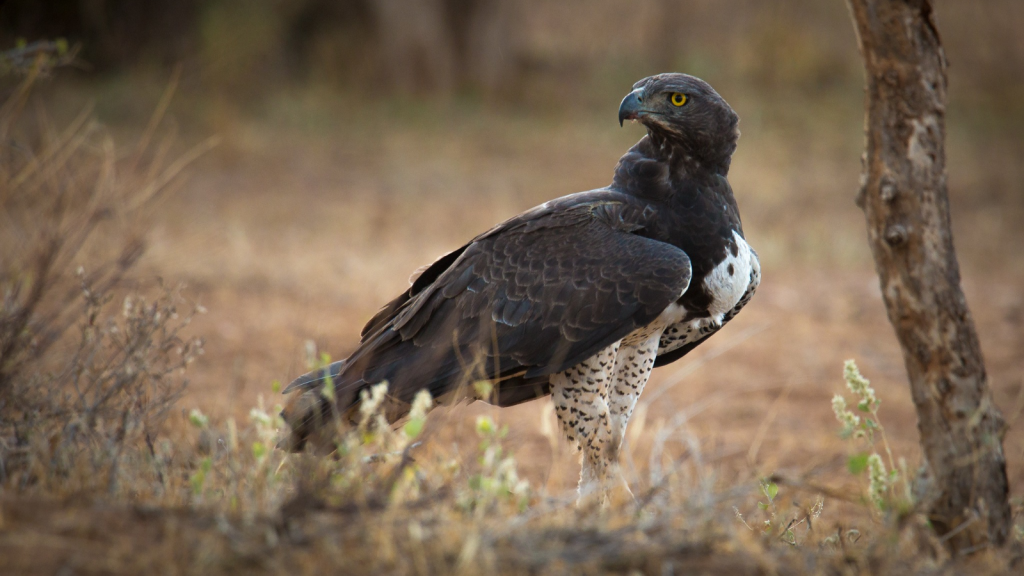
As Africa’s largest eagle, the Martial Eagle is more than capable of taking on sizeable snakes. These powerful birds have been known to prey on some of the continent’s most dangerous serpents, including cobras and black mambas. Their sharp talons and strong beaks make quick work of their slithering meals. A Martial Eagle’s grip strength can exceed 750 psi, allowing it to easily crush the bones of its serpentine prey.
Red-shouldered Hawk
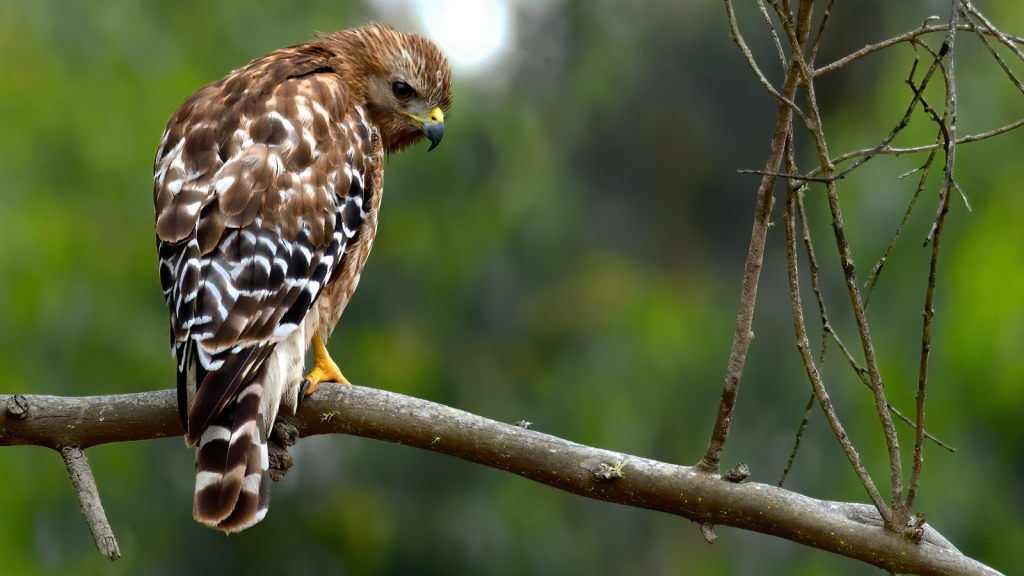
Another North American raptor with a taste for snakes is the Red-shouldered Hawk. These birds are particularly fond of hunting in wetland areas, where they often catch water snakes. Their excellent eyesight and agile flight make them effective snake hunters. Red-shouldered Hawks have been observed using a unique hunting technique where they hover over water to spot and catch swimming snakes.
Crested Serpent Eagle
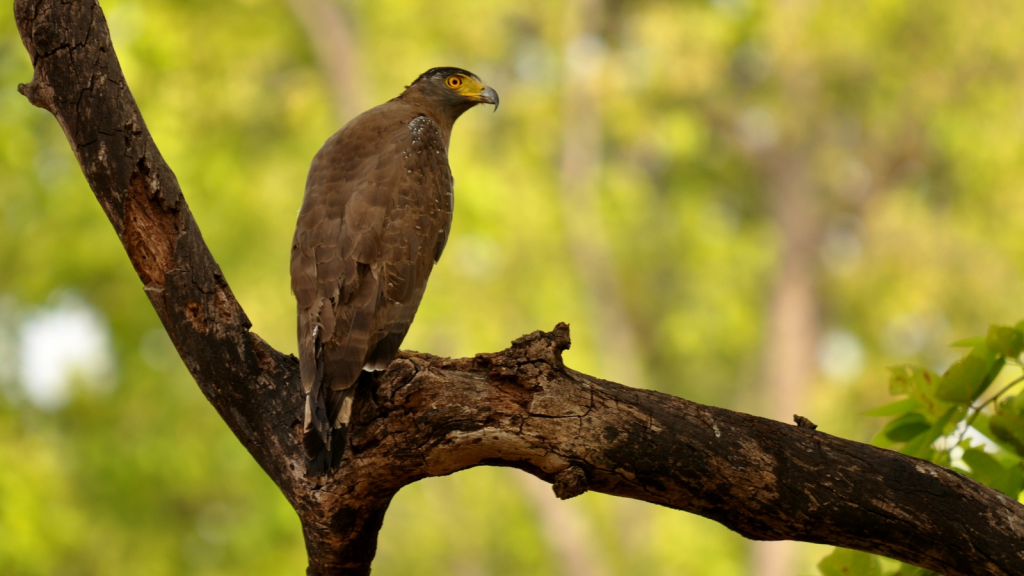
As its name suggests, the Crested Serpent Eagle specialises in snake hunting. Found across Asia, this bird has excellent eyesight and hearing to locate its prey. It’s known for its distinctive crest and its ability to tackle a wide variety of snake species. The Crested Serpent Eagle’s diet can consist of up to 95% snakes in some regions, making it one of the most dedicated snake-eating birds.
Black-headed Heron
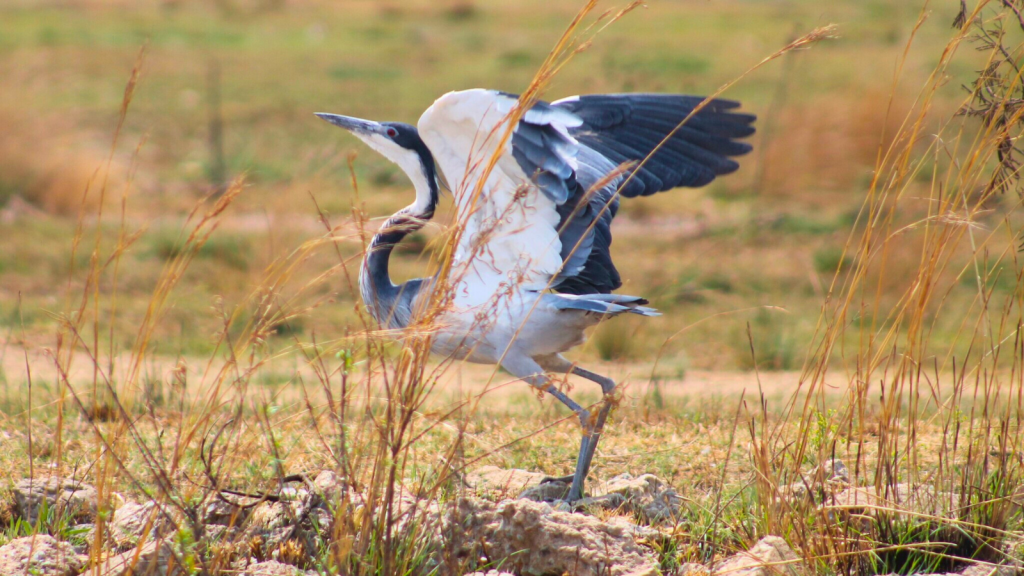
Similar to its cousin the Great Blue Heron, the Black-headed Heron of Africa and parts of Asia is a skilled snake catcher. These birds use their long necks and sharp beaks to strike at snakes with incredible speed. They’re often seen in grasslands and savannas, where snakes are plentiful. Black-headed Herons have been known to swallow snakes whole, sometimes with the tail still visibly protruding from their beaks as they finish their meal.
Southern Caracara

The Southern Caracara, found in South America, is a versatile predator that includes snakes in its diet. These birds are known for their intelligence and adaptability. They use their strong beaks and feet to overpower snakes, and have even been observed working in pairs to tackle larger prey. Southern Caracaras are opportunistic feeders and will often scavenge road-killed snakes, showcasing their resourcefulness in obtaining serpentine meals.
Becky is a fervent wildlife enthusiast and pet care expert with a diploma in canine nutrition. Her love for animals stretches beyond the domestic, embracing the wild tapestry of global fauna. With over a decade of experience in animal welfare, Becky lends her expertise to OutlandishOwl through insightful articles, captivating wildlife information, and invaluable guidance on pet nutrition. Her work embodies a deep commitment to understanding the intricate lives of animals and a passion for educating others on sustaining natural habitats. Becky's hands-on conservation efforts and her knack for translating complex dietary science into practical pet feeding tips make her an indispensable voice for creatures great and small.




